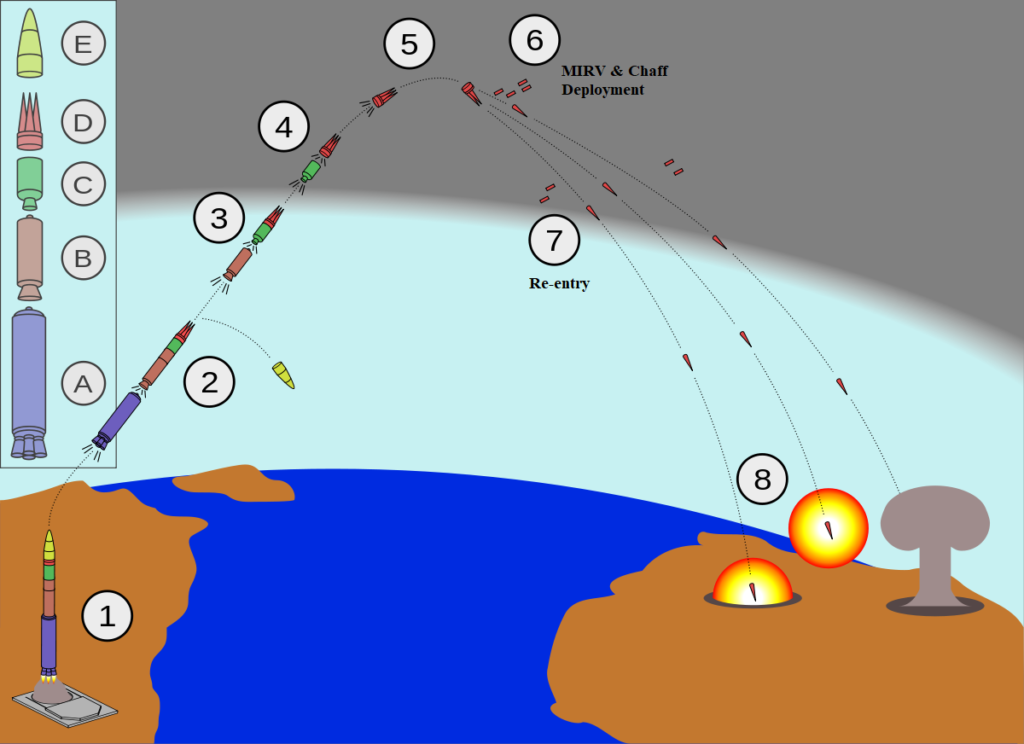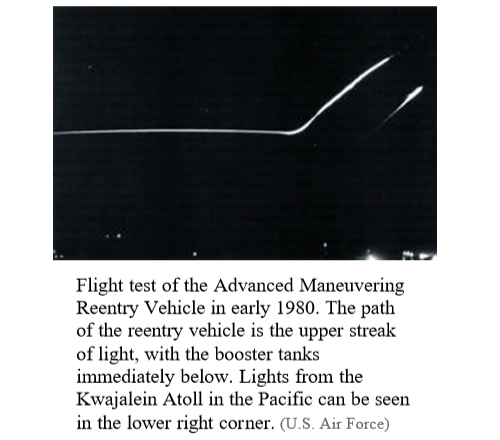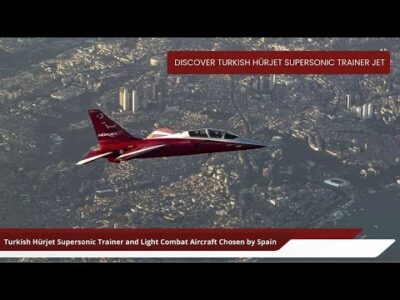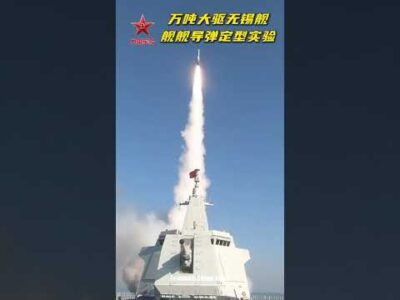By Abhirup Sengupta, Military Aviation Enthusiast
Of course, it can be intercepted. Avangard isn’t an entirely new missile but a hypersonic glide vehicle part of the Multiple Independent Reentry Vehicle (MIRV) carried by Russian Intercontinental ballistic missiles (ICBM).
So it doesn’t even come into the picture during mid-phase where the ICBM can be intercepted by an exo-kinetic interceptor like SM-3 – in 2007 the Block IA already intercepted a malfunctioning satellite traveling at Mach 23 in a degrading orbit. Today’s SM-3 Block IIA has 55% bigger diameter, almost quadrupling the range over Block IA.
A Hypersonic glide vehicle like Avangard while complicates interception isn’t anywhere close to being “immune” to Ballistic Missile Defences. Contrary to the popular notion its maneuverability would play a rather small role in penetrating BMDs. The notion of ‘even small course-changes at Mach 20 will result in a significant change in flight path’ ignores the fact that those same changes will also put the hypersonic missile hundreds of km off the target – this is why a hypersonic glide vehicle will follow a depressed trajectory for most of its flight time and not dance like a ping pong ball.
Interceptors are more maneuverable than HGVs
People also ignore basic physics – in general, an interceptor will always be more maneuverable than an HGV or ballistic missile. They enjoy smaller sizes and most importantly, react to the flight profile of a warhead in real-time. A lot of people don’t realize that interceptors like SM-3, THAAD, etc. don’t just hit a ballistic missile – they hit on a specific part of the ballistic missile.
The real advantage of an HGV is that an endo-atmospheric flight path makes them immune from an exo-kinetic interceptor like SM-3 – which not only provides the highest engagement window, able to intercept from mid-phase to all the way to terminal, before re-entry. This is also when a ballistic missile is most vulnerable to interception – that’s before the deployment of MIRVs and all the countermeasures.

A HGV restricts BMD to endo-atmospheric interceptors like THAAD which are relatively short-range and thus, have smaller engagement window. A depressed endo-atmospheric trajectory does present challenges but those challenges are exaggerated because endo-atmospheric interceptors are for Terminal defence, so a HGV with a 1000 – 2,000 km range isn’t going to bother THAAD/SM-6 until it’s near the target area and at that point, the HGV’s flight profile will become similar to that of a conventional Reentry Vehicle (RV) – diving on to the target. Yes, it may perform a pull-up and pull-down maneouver over the target area – but that’s something Maneuverable Reentry Vehicle (MaRV) could do from the 1980s with Pershing-II. The US tested Advanced Manoeuvrable RV in 1979 that became operational with Minuteman-III.

This is why HGV’s real strategy to penetrate Missile Defences is to restrict them to endo-atmospheric Terminal defences. Although all existing HGVs are part of MIRV deployed by conventional ballistic missiles (ICBM or SRBM) and therefore, are vulnerable to exo-kinetic interception at mid-phase or even near boost phase before deployment of MIRV. Russian Avangard is no different.
While they definitely complicate terminal interception, it’s wishful thinking to call them invincible.
















Comments